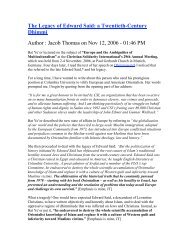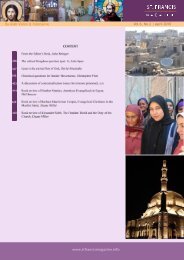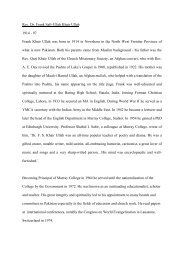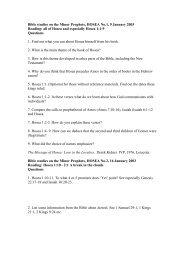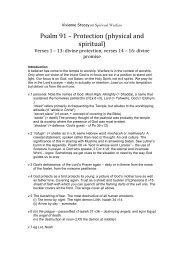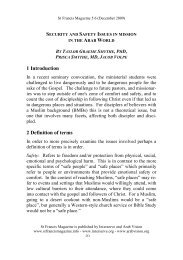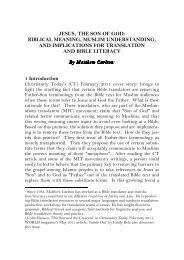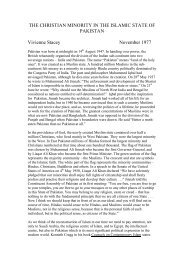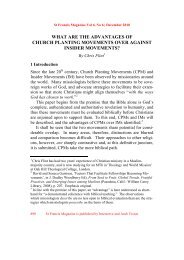Untitled - St.Francis Magazine
Untitled - St.Francis Magazine
Untitled - St.Francis Magazine
You also want an ePaper? Increase the reach of your titles
YUMPU automatically turns print PDFs into web optimized ePapers that Google loves.
<strong>St</strong> <strong>Francis</strong> <strong>Magazine</strong> Vol 8, No 2 | April 2012 this way, the stories of Abraham, Joseph, Moses and Ruth, for instance, inform and enlighten new generations of the Jewish community, whilst the Gospels and Acts of the Apostles can act in a similar way for the Christian community. But the Bible is not the only resource available to such groups – often each specific community will have its own set of foundational narratives that should be freely accessible and celebrated, not just as a way of remembering the past but also as a way of entering the future. Without such narratives, biblical or otherwise, it becomes increasingly difficult for local faith communities to keep their focus; even with them, they must continue to work at how to interpret their texts, for they will speak in different ways to succeeding generations. For this reason, I have wanted to sketch something of the story surrounding early Arab Anglican pioneers, in what is now the Diocese of Jerusalem, during the latter part of the 19th century, for it forms part of the foundational narratives of the Anglican Church in that part of the Middle East. Because much of the material is now stored away in archives not normally available to the casual reader an attempt should be made to make them more widely known. The particular focus on Arab Anglicans is no idle choice; for they are a small but significant part of the Eastern Church which has witnessed faithfully to the Gospel for nearly 2000 years since the day of Pentecost. They face today enormous challenges to their survival, not unlike many other non-‐Western Christian communities in the Middle East. For they face a whole variety of issues -‐ unresolved political questions, inflamed cultural tensions, and the uncertainty of any future if they are to remain in the Middle East – and these inevitably contribute to the steady decline in the number of Christians still resident there. Rumours of there being nothing but a “museum-‐piece” church in the region within 40 years – visible to pilgrims from elsewhere, but no longer connected to any living indigenous community of the land – are real enough. 284


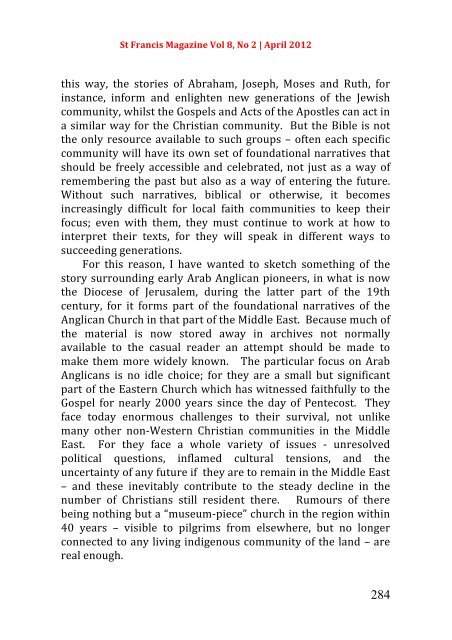

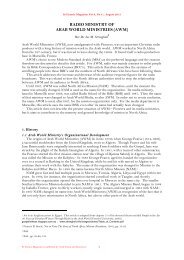
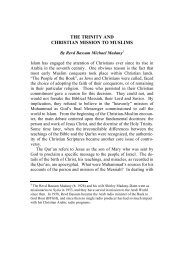
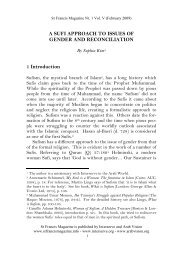
![Reflections on Surah Fatiha and the Lord's Prayer[1] - St.Francis ...](https://img.yumpu.com/49377951/1/184x260/reflections-on-surah-fatiha-and-the-lords-prayer1-stfrancis-.jpg?quality=85)
